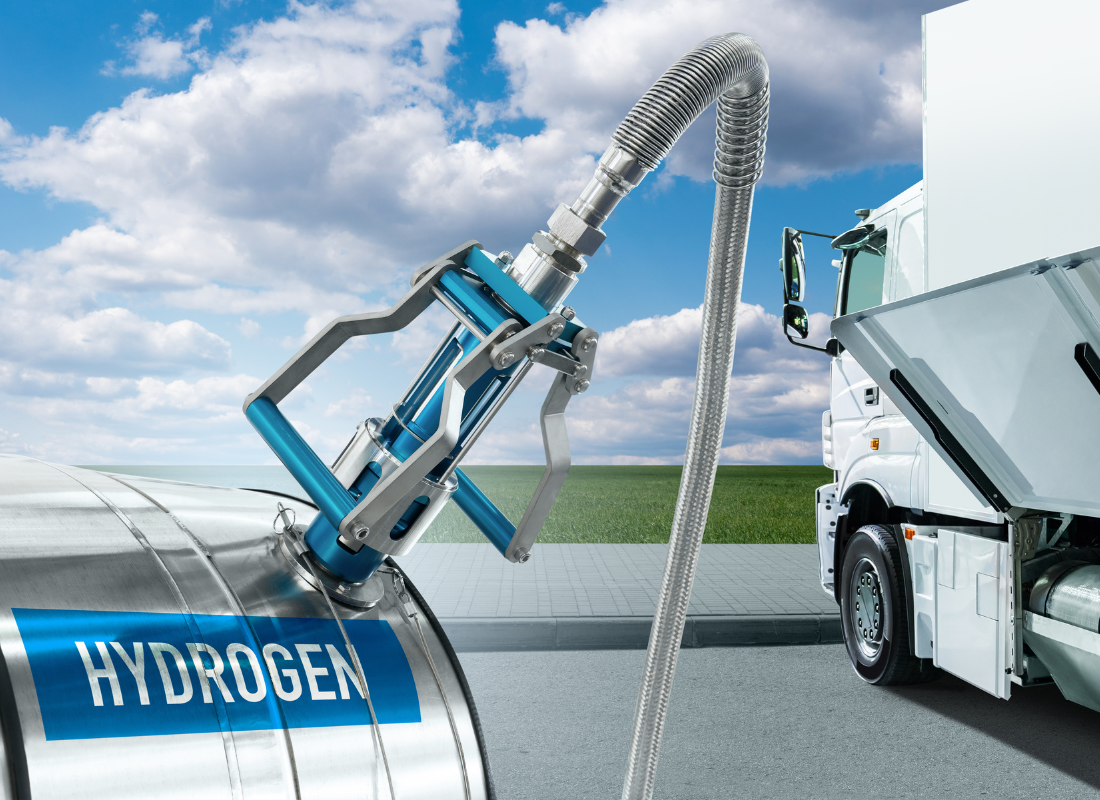One Big Beautiful Bill Passage: What Does it Mean for You?
Originally published on July 7, 2025
On July 4, 2025, President Trump signed the One Big Beautiful Bill Act (OBBBA) into law. The legislation ushered in a suite of tax changes with significant impact for businesses and individuals alike. Key provisions such as immediate R&D expensing, restored bonus depreciation, enhanced deductions for manufacturing facilities and elevated estate exemptions are designed to support asset‐intensive businesses and high‑net‑worth families.
In this first article of our series about the new law, we’ve detailed some of the immediate benefits and opportunities for proactive planning ahead.
Immediate R&D Expensing Reinstated
The law restores full immediate expensing for domestic research expenditures under Section 174 for tax years beginning after Dec. 31, 2024. Prior to enactment, businesses were required to amortize R&D costs over five years (domestic) or 15 years (foreign). This change allows eligible taxpayers to fully deduct in-year expenditures, improving cash flow and reducing effective tax rates on innovation-driven investments.
Small businesses averaging $31 million or less in annual receipts may elect retroactive application to tax years starting after Dec. 31, 2021. Similarly, all taxpayers can elect a one- or two-year catch-up deduction for domestic R&D expenses paid between Jan. 1, 2022, and Dec. 31, 2024.
Immediate expensing transforms R&D from a cost‑deferred asset into a current-year deduction, enhancing ROI and balance sheet transparency under GAAP. This provision incentivizes increased R&D activity in the U.S., as foreign R&D remains amortized over 15 years — reinforcing domestic competitiveness.
Some practical considerations to keep in mind:
- Eligibility – Apply to domestic expenditures under Section 174. Carefully document direct and indirect costs.
- Election mechanism – Small businesses use a simplified election; others must timely attach Treasury Form(s) per IRS guidance.
- Catch‑up deductions – Clients should analyze R&D costs incurred since 2022 and evaluate amending returns where beneficial.
- GAAP & tax alignment – Reconcile immediate expensing with financial statements to maintain audit clarity and internal consistency.
Clients with ongoing R&D investment should reassess budgets, capitalize domestic activity now and confirm catch‑up elections. Our team can support via modeling incremental deductions, revising accounting policies and ensuring full documentation compliance.
100% Bonus Depreciation for Business Assets
Under the One Big Beautiful Bill Act, businesses can now fully expense qualified assets placed in service after Jan. 19, 2025, through the end of 2029. This reinstated 100% bonus depreciation generally applies to business assets with a useful life 15 years or less. Examples are land improvements, equipment, furnishings and qualified improvement property.
This provision offers a compelling tax planning opportunity, especially for manufacturers, health care providers and real estate investors with intensive capital needs. These companies can now deduct the full cost of eligible property in the year it’s placed in service, eliminating multi-year depreciation schedules and improving after-tax cash flow.
Here’s why it matters:
- Improved cash flow: Accelerated depreciation provides front-loaded deductions, strengthening near-term liquidity.
- Encouragement for growth: Businesses weighing expansion decisions can now time their asset purchases with greater tax confidence.
This change is particularly impactful for organizations with aggressive investment cycles or those preparing for market growth. To make the most of it, businesses should conduct a strategic analysis to determine what capital investments are needed and when.
For insights on how asset classification can drive immediate tax savings, visit our internal guide on Boosting Cash Flow with a Cost Segregation Study.
New 100% Depreciation Allowance for Qualified Production Property (QPP)
Separate from the broader asset expensing changes, the OBBBA introduces a new elective provision for 100% depreciation on Qualified Production Property (QPP). QPP includes newly constructed or substantially improved nonresidential real estate located in the U.S. that is used in manufacturing or production.
This incentive provides manufacturers with significant tax advantages for production-enabled properties such as advanced manufacturing campuses, biotech research facilities or medical manufacturing facilities.
Key takeaways include:
- Full expensing of QPP: Eligible properties with construction beginning after Dec. 31, 2024, and before Jan. 1, 2030, and placed in service before Jan1, 2034, qualify for 100% depreciation in year one.
- Enhanced strategic ROI: The immediate deduction can shift the economics of large-scale property investment, providing upfront tax relief and aligning with long-term growth strategies.
- Entity flexibility: While primarily targeted at manufacturers, real estate investment trusts (REITs) and build-to-suit developers can also benefit, provided the space is leased or used for qualified production.
To make the election, businesses must designate QPP assets clearly in their tax filings and should consider reviewing capitalization policies with a tax advisor. The IRS is expected to issue additional guidance on qualification standards, so planning now is key.
Expanded Estate and Lifetime Gift Tax Exemption
The OBBBA raises the estate and lifetime gift‑tax exemption to $15 million per individual (or 30 million for a married couple), indexed for inflation starting in 2026. The higher rate is now permanent, offering a wider planning window for intergenerational wealth transfers.
This change is exceptionally beneficial to multigenerational family businesses and people with complex estate structures. Strategies involving advanced gift techniques, such as intra‑family loans or spousal lifetime access trusts, can now be implemented more aggressively.
Clients with estate or gift plans should:
- Revisit valuation methods for closely held business interests
- Consider crystallizing intra‑family transfers while the exemption remains robust
- Coordinate with advisors on trust alignment and probate-avoidance strategies
For a deeper exploration of advanced planning techniques, view our Estate Planning & Wealth Transfer services.
Unlocking Tax Efficiency Under the One Big Beautiful Bill
The One Big Beautiful Bill introduces a blend of accelerated deductions, expanded exemptions and targeted credits, offering immediate and long-term tax strategy opportunities for both individuals and businesses. Whether you’re evaluating CapEx priorities, recalibrating estate structures or reviewing R&D investments, these provisions can unlock significant value when applied with precision.
Beyond R&D, depreciation and estate planning, the law introduces several measures with significant impact. Keep an eye out for more articles from the James Moore tax team discussing these and other provisions.
In the meantime, contact a James Moore professional to assess your eligibility, see how they might impact you, and strategically align your tax planning. From bonus depreciation to estate planning, we can help you convert complexity into clarity — and opportunity.
All content provided in this article is for informational purposes only. Matters discussed in this article are subject to change. For up-to-date information on this subject please contact a James Moore professional. James Moore will not be held responsible for any claim, loss, damage or inconvenience caused as a result of any information within these pages or any information accessed through this site.
Other Posts You Might Like

